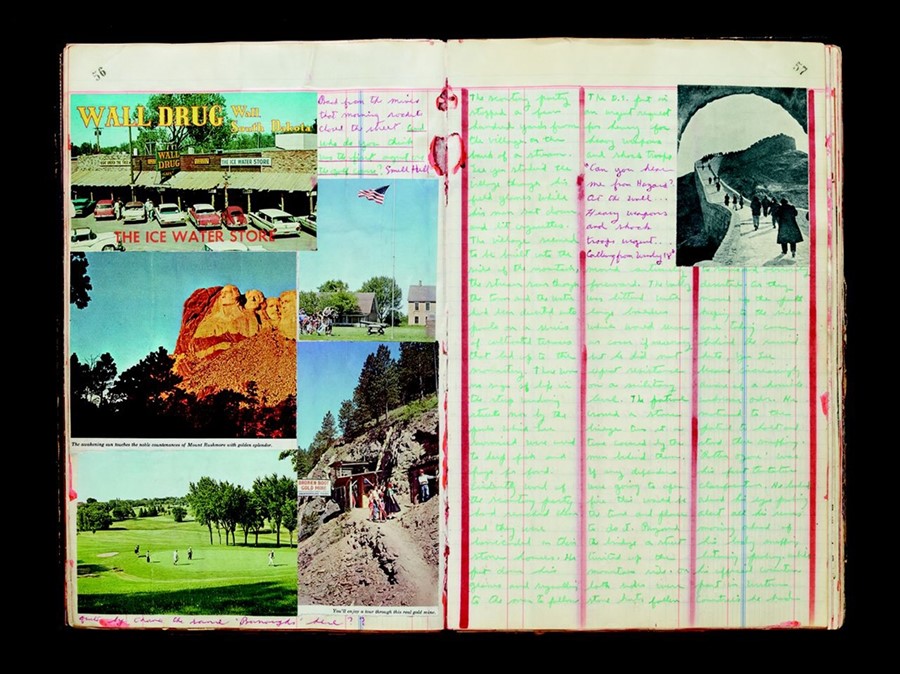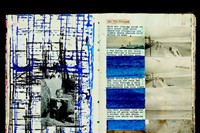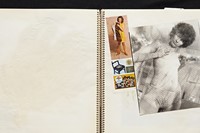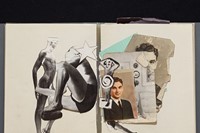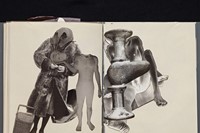We consider the ICA's new exhibit of artists' scrapbooks, spanning William S. Burroughs and Gerhard Richter through Hans-Peter Feldmann
Since the 17th century commonplace book, people have been using blank notebooks as a means of recording both memories and things that inspire them – quotations, sketches of favourite places or artworks, recipes. But it was not until the postwar period that artists began to engage in the art of scrapbooking in a more serious manner, employing the page as a mini-canvas across which their imaginations could roam. Now a new exhibtion at the ICA, entitled Paperwork: A Brief History of Artists' Scrapbooks, sheds fascinating light on the various ways that artists have utilised their scrapbooks across the decades.
The exhibition is curated by Andrew Roth (himself a collector of rare books) and Alex Kitnick, and features a selection of wonderfully captivating tomes from Brigid Berlin, William S. Burroughs and Brion Gysin, Hans-Peter Feldmann, Isa Genzken, Gerhard Richter and many others. Some, like Burroughs and Gysin's works (collations of visuals and fragments of text), serve a means of generating ideas for future works. Others, such as Isa Genken's I Love New York, Crazy City – a rich documentation of a year spent in New York, complete with photographs, letters and faxes bound to the pages by electrical tape – are complete artworks in themselves.
"There’s a very democratic element to the art of scrapbooking because there are no rules" – Matt Williams
"The Brigid Berlin is a fascinating book. It wasn’t made the conventional way that you would imagine most scrapbooks are made, instead it was used more like a documenting of who she interacted with during that period of her life which is fantastic," the ICA's curator Matt Williams explains of his favourite pieces in the exhibition. "We were unable to display Isa Genzken’s original scrapbooks as they were on display at MOMA, so instead we decided to display a facsimile publication documenting the original – there's so much material there. The relationship between the image, the location, and the energy at that moment, is tangible. You experience a personal, almost voyeuristic, interaction with her at that point in her life."
On the enduring, and universal appeal of the scrapbook, Williams says, "Everyone at some point in their lives has made a scrapbook, or at least most people have. There’s a very democratic element to the art of scrapbooking because there are no rules as such and they can be developed in a very intuitive manner. It's just very much about collecting the ephemeral material that’s around you on a daily basis that sparks an interest. It’s a very generous medium, because of this lack of parameters, and it can be a very playful for those engaging with the process."
Paperwork: A Brief History of Artists' Scrapbooks is on display at the ICA's Fox Reading Room until May 11.
Text by Daisy Woodward
